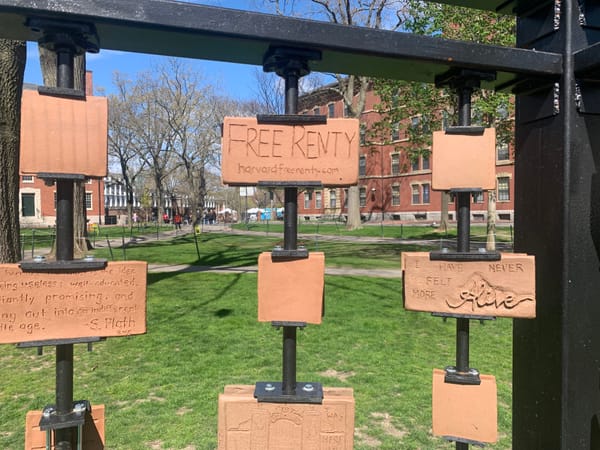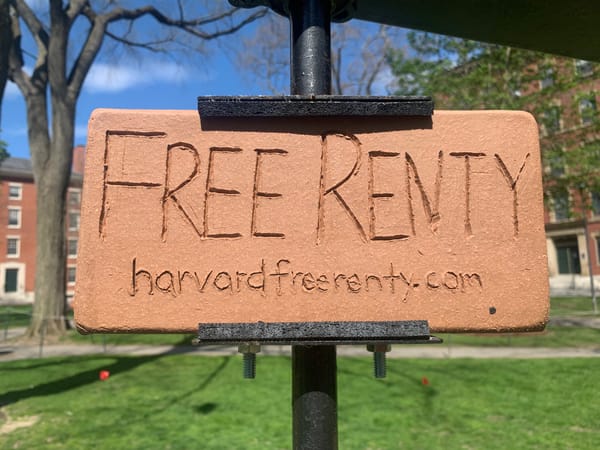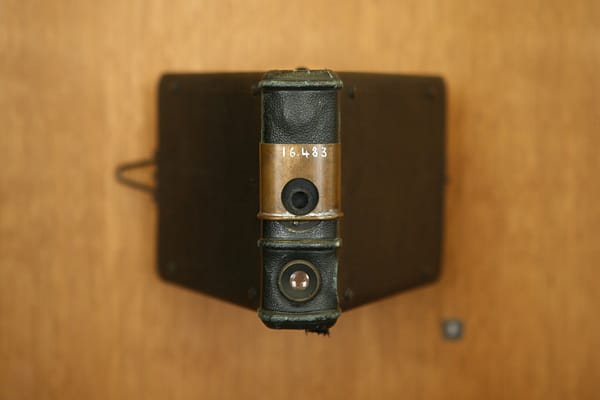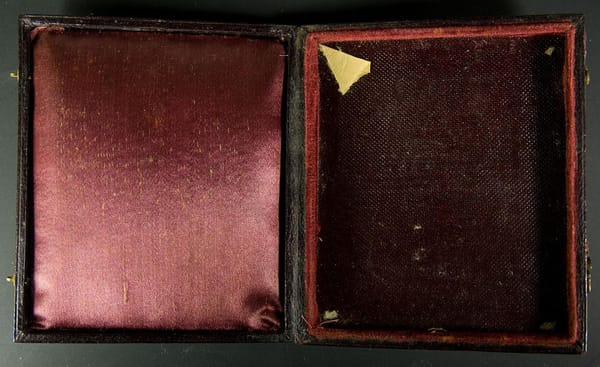
News
Harvard Relinquishes Photographs of Enslaved People in Historic Settlement
Tamara Lanier, who sued the school in 2019 over daguerreotypes of her enslaved ancestors held in its museum, called the outcome “a turning point in American history.”

News
Tamara Lanier, who sued the school in 2019 over daguerreotypes of her enslaved ancestors held in its museum, called the outcome “a turning point in American history.”

News
But the court ruled unanimously that Harvard was not legally obligated to return the photographs.

Opinion
The first and best thing the university can do to atone for its past of exploitation and profiteering is simply to renounce its present-day exploitation and profiteering.

Podcast
In this episode of the Hyperallergic podcast, Lanier talks about her continuing quest for justice that includes the return of the daguerreotypes depicting her enslaved ancestors.

News
“Black infants in America are now more than twice as likely to die as white infants—11.3 per 1,000 black babies, compared with 4.9 per 1,000 white babies, according to the most recent government data—a racial disparity that is actually wider than in 1850, 15 years before the end of slavery, when mos

News
In 1850, when Dr. Robert W. Gibbes commissioned J. T. Zealy to make daguerreotypes of persons held in slavery in and around Columbia, South Carolina, for Harvard Professor Louis Agassiz to use in support of his theory that African people were a separate species, daguerreotypes were at the height of

News
The ownership of images has a long and nuanced legal history, which has evolved dramatically in recent years as cultural standards and photographic technologies have rapidly advanced

News
Renty and his daughter Delia. Renty was an enslaved African, kidnapped from the Congo, sold and forced into slave labor on the South Carolina plantation of B.F. Taylor

News
What is the relation between possessing a person, possessing their image, and dispossessing their progeny

News
As a scholar of African American history and photography whose work has focused on the status of violent images in museums and archives, I fully support the validity of Ms. Tamara Lanier’s claim and the amicus brief.

News
The daguerreotypes of Renty Taylor, Delia, Drana, Alfred, Jack, George Fassena, and Jem remained in an unused storage cabinet until 1975, when it was discovered by an employee of the Peabody Museum.

News
I am writing in support of the amicus curiae brief submitted by Professor Ariella Aïsha Azoulay of Brown University for the full restitution of the daguerreotypes of Renty Taylor and his daughter Delia, currently held by Harvard University, to their familial descendant, Tamara Lanier.